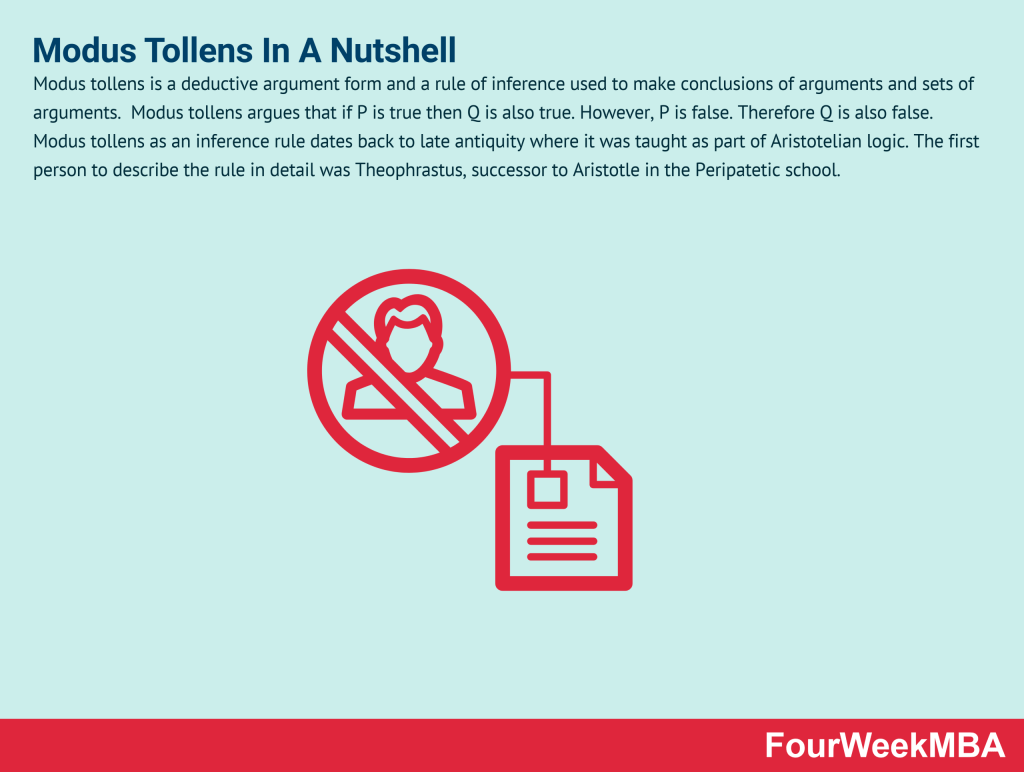Toastmasters International is a non-profit educational organization that teaches public speaking and leadership skills through a worldwide network of clubs. Founded in 1924 by Ralph C. Smedley, Toastmasters helps individuals build their confidence and competence in communication so they can achieve their personal and professional goals.
- Purpose and Scope: The main goal of Toastmasters is to help people improve their speaking and leadership skills in a supportive, learn-by-doing environment.
- Principal Concepts: Toastmasters operates on the premise that skills in communication and leadership can be developed through practice and feedback in local club meetings, as well as larger regional and international gatherings.
Theoretical Foundations of Toastmasters
Toastmasters combines principles from educational theory, organizational behavior, and personal development to create a structured learning environment:
- Experiential Learning: Members learn by doing, delivering speeches, and taking on various leadership roles in a club setting.
- Constructive Feedback: Members give and receive evaluations of their speeches and leadership roles, fostering a positive learning environment and personal growth.
Methods and Techniques in Toastmasters
The Toastmasters educational program is structured around pathways and projects that guide a member’s learning:
- Pathways Learning Experience: Offers a variety of learning paths tailored to individual goals and interests, such as persuasive speaking, strategic leadership, and effective coaching.
- Speech Projects and Roles: Members complete projects that include preparing speeches, working on feedback, and fulfilling different leadership roles within the club.
Applications of Toastmasters
Toastmasters is beneficial for anyone looking to improve their speaking and leadership skills, whether they are professionals, students, or those seeking personal development:
- Career Advancement: Enhances professional communication skills crucial for presentations, interviews, and leadership roles.
- Personal Development: Builds confidence and interpersonal communication skills useful in everyday interactions.
Industries Influenced by Toastmasters
- Business and Corporate: Many companies sponsor Toastmasters clubs to improve their employees’ communication and leadership skills.
- Education: Students and educators use Toastmasters to enhance teaching effectiveness and engage in classroom discussions.
Advantages of Using Toastmasters
Joining Toastmasters provides numerous benefits:
- Improved Public Speaking Skills: Regular practice in a supportive environment helps members become more effective communicators.
- Leadership Development: Taking on club leadership roles builds skills in team management, event planning, and motivation.
- Networking Opportunities: Clubs often provide a great venue to meet people from various backgrounds and professions.
Challenges and Considerations in Toastmasters
While Toastmasters offers valuable opportunities, participants may face challenges:
- Time Commitment: Regular attendance and participation are required to gain the full benefits, which might be challenging for some due to other commitments.
- Variability in Club Experience: The quality and focus of clubs can vary depending on the members’ engagement and the club’s leadership.
Integration with Broader Personal and Professional Goals
To maximize benefits, participation in Toastmasters should align with broader personal and professional development goals:
- Goal Setting: Members should identify specific objectives they want to achieve through Toastmasters, such as improving certain types of communication or preparing for specific speaking engagements.
- Continuous Engagement: Active involvement and taking on various roles within the club can lead to quicker and more substantial improvements.
Future Directions in Toastmasters
As communication technology and the needs of global professionals evolve, Toastmasters continues to adapt:
- Virtual Meetings and Clubs: Expanding access to Toastmasters through online meetings and virtual clubs.
- Expanded Educational Resources: Developing more resources and learning modules that address the changing dynamics of professional communication and leadership.
Conclusion and Strategic Recommendations
Toastmasters is a proven platform for developing essential communication and leadership skills:
- Engage Regularly: Active and regular participation is crucial to making the most out of Toastmasters.
- Leverage Learning Resources: Utilize the extensive materials and structured learning paths offered by Toastmasters to tailor the experience to personal development needs.
Read Next: Lasswell Communication Model, Linear Model Of Communication.
Connected Communication Models
Aristotle’s Model of Communication



Helical Model of Communication







Transactional Model of Communication






Integrated Marketing Communication





Main Free Guides:
